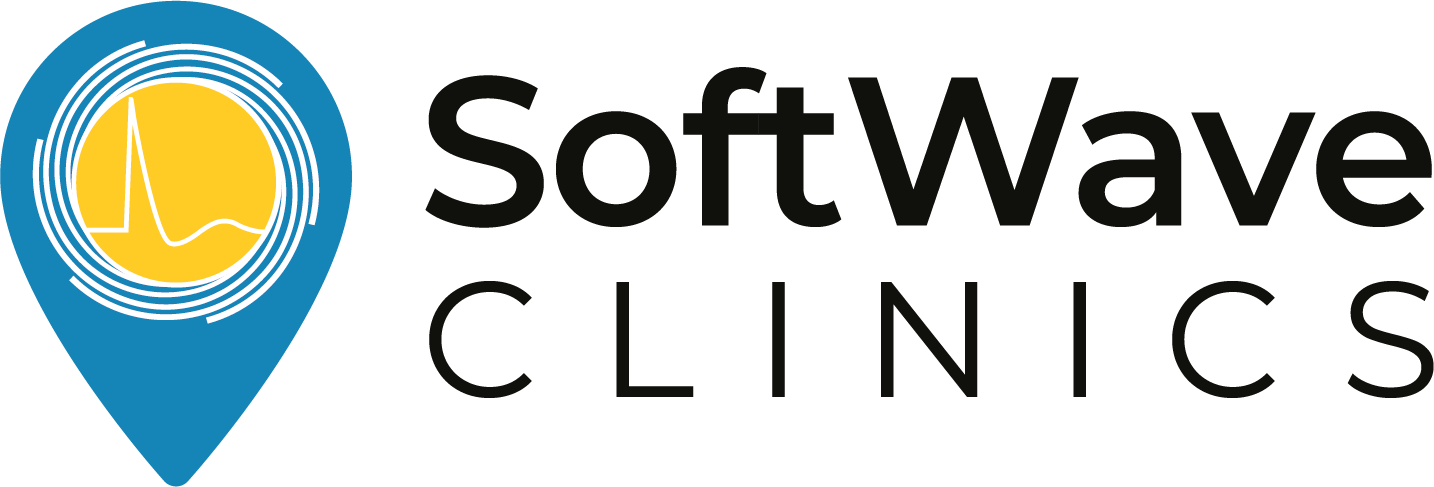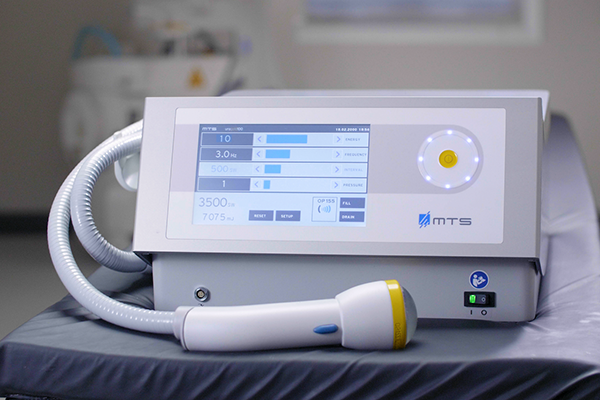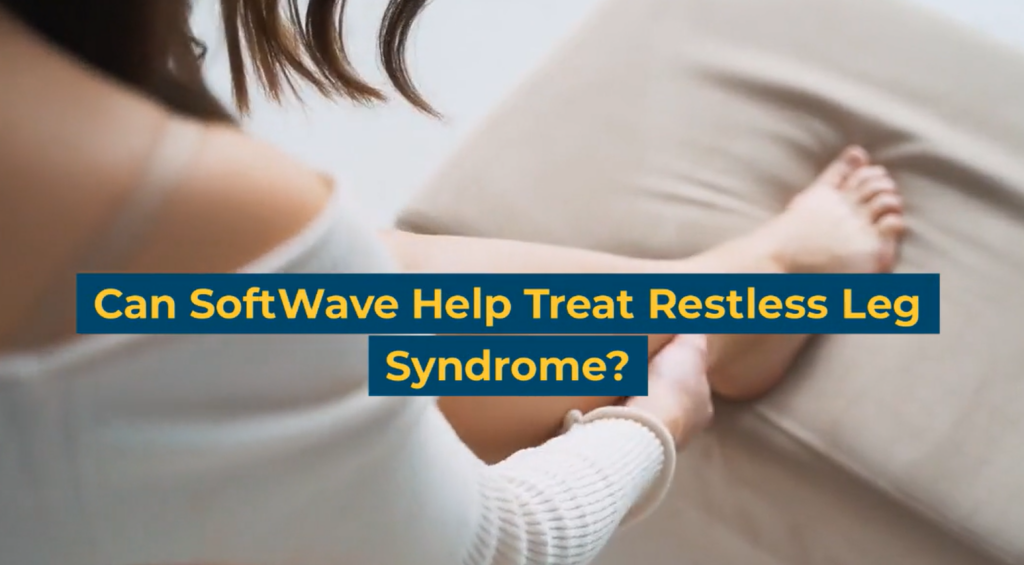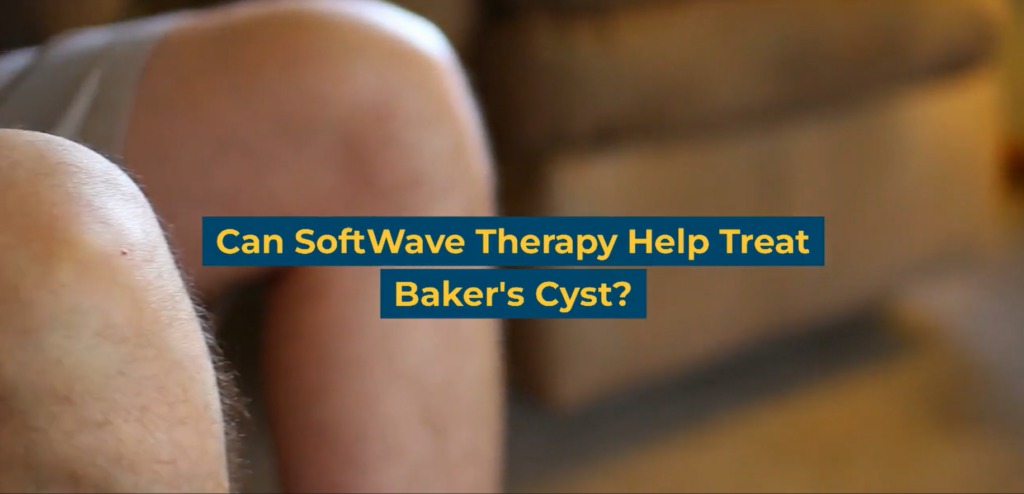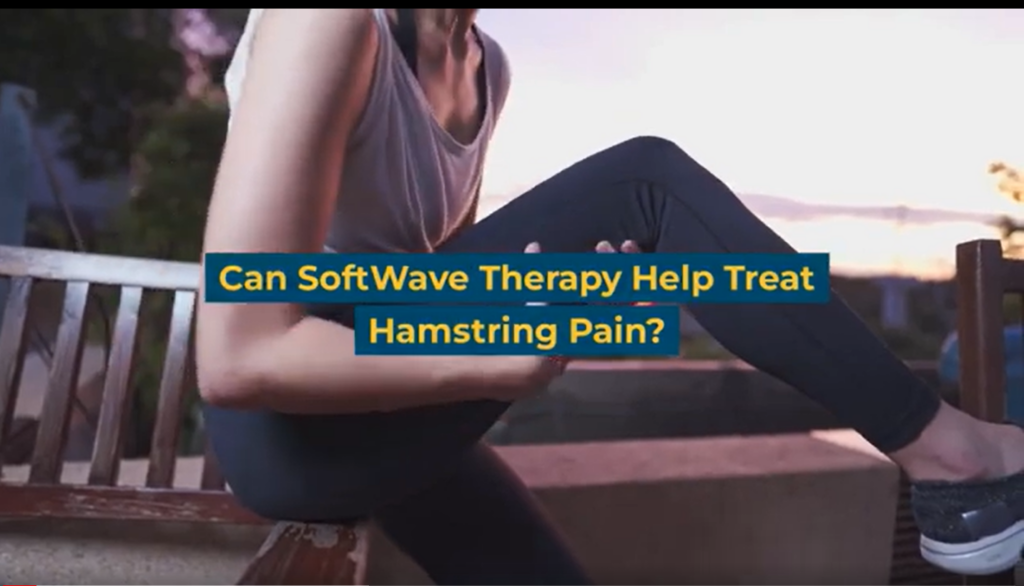Understanding Bone Spurs: Symptoms & Causes
Bone spurs, or osteophytes, are bony outgrowths that can develop in various joints throughout the body. While they may not always cause noticeable symptoms, they can lead to pain, restricted movement, and other discomforts. The most common cause of bone spurs is joint degeneration associated with conditions like osteoarthritis, where the cartilage protecting the joints wears down over time. Repetitive stress and trauma to the joints can also contribute to the development of bone spurs. As bone spurs form, they can impinge on nearby structures such as nerves, tendons, or ligaments, leading to inflammation and symptoms.
The symptoms of bone spurs can vary depending on their location and the structures they affect. Common symptoms include joint pain, stiffness, and swelling. When bone spurs develop in the spine, they can cause back pain, limited mobility, and pinched nerves resulting in radiating pain, numbness, or tingling sensations in the arms or legs. When bone spurs occur in weight-bearing joints like the hips, knees, or feet, they can cause discomfort, difficulty walking, and joint instability. Other potential symptoms may include joint clicking or locking, muscle spasms, and localized tenderness.
Traditional Treatments for Bone Spurs
Traditional treatments for bone spurs often involve conservative management strategies. These can include pain management techniques such as over-the-counter nonsteroidal anti-inflammatory drugs (NSAIDs) to reduce pain and inflammation. Physical therapy exercises and stretching may be prescribed to improve joint flexibility and strengthen surrounding muscles. Some recommend orthotic devices like shoe inserts or custom orthopedic footwear to provide support and alleviate pressure on the affected area. Additionally, corticosteroid injections may help reduce pain and inflammation in specific cases.
When conservative treatments fail to provide relief, patients may need surgical intervention. Surgical options can include removing the bone spur or, in some cases, joint replacement surgery. However, traditional treatments for bone spurs mentioned above may have potentially negative effects, including gastrointestinal issues, tendon weakening, infection risks, and prolonged recovery periods.
What is SoftWave Therapy and How Does it Treat Bone Spurs?
SoftWave Therapy is a non-invasive treatment that harnesses the power of unfocused shockwaves to stimulate the body’s natural healing process. By delivering acoustic waves to the affected area, SoftWave Therapy promotes increased blood circulation, tissue regeneration, and pain reduction in the management of bone spurs.
Although SoftWave Therapy does not eliminate the bone spur itself, it can effectively help manage the pain and inflammation associated with this condition. The treatment stimulates cellular activity, which aids in reducing the inflammatory response and slowing down the degenerative process in the surrounding tissues. This multifaceted approach can lead to a significant reduction in pain levels, improved joint function, and increased mobility for individuals suffering from bone spurs.
It’s important to note that SoftWave Therapy’s primary objective is to alleviate symptoms and improve the overall quality of life for individuals. While it may not directly eliminate the bone spur, the treatment can effectively manage the pain and inflammation associated with bone spurs, allowing individuals to engage in daily activities with greater comfort and mobility.
Who Can Benefit From SoftWave Therapy for Bone Spurs?
Suitable candidates for SoftWave Therapy are individuals experiencing pain and limited mobility due to bone spurs. It can be particularly beneficial for those who want to explore non-surgical options or have contraindications for invasive procedures. SoftWave Therapy may be a suitable alternative for individuals who are not responding well to conservative treatments or who wish to avoid potential side effects associated with medication use.
Before opting for SoftWave Therapy, it’s important to consider certain factors. The severity of the bone spurs, overall health condition, and individual medical history should be taken into account. Consulting a healthcare professional is crucial to assess the suitability of SoftWave Therapy for your specific case.
Manage Bone Spurs Effectively With SoftWave Therapy Today
SoftWave Therapy holds great potential for effectively managing bone spurs. Start your healing by scheduling a consultation with our SoftWave providers today. Our healthcare professionals can assess your condition, discuss the potential benefits, and create a personalized treatment plan tailored to your needs.
Don’t let bone spurs limit your quality of life – take the first step towards effective management with SoftWave Therapy. Find the nearest SoftWave provider today to book your first appointment.
Disclaimer: The information provided in this blog is for educational and informational purposes only and is not intended as a substitute for professional medical advice, diagnosis, or treatment. The content provided in this blog should not be used to diagnose or treat any health problems or illnesses. Always consult with a qualified healthcare professional before making any changes to your healthcare routine or treatment plan.
